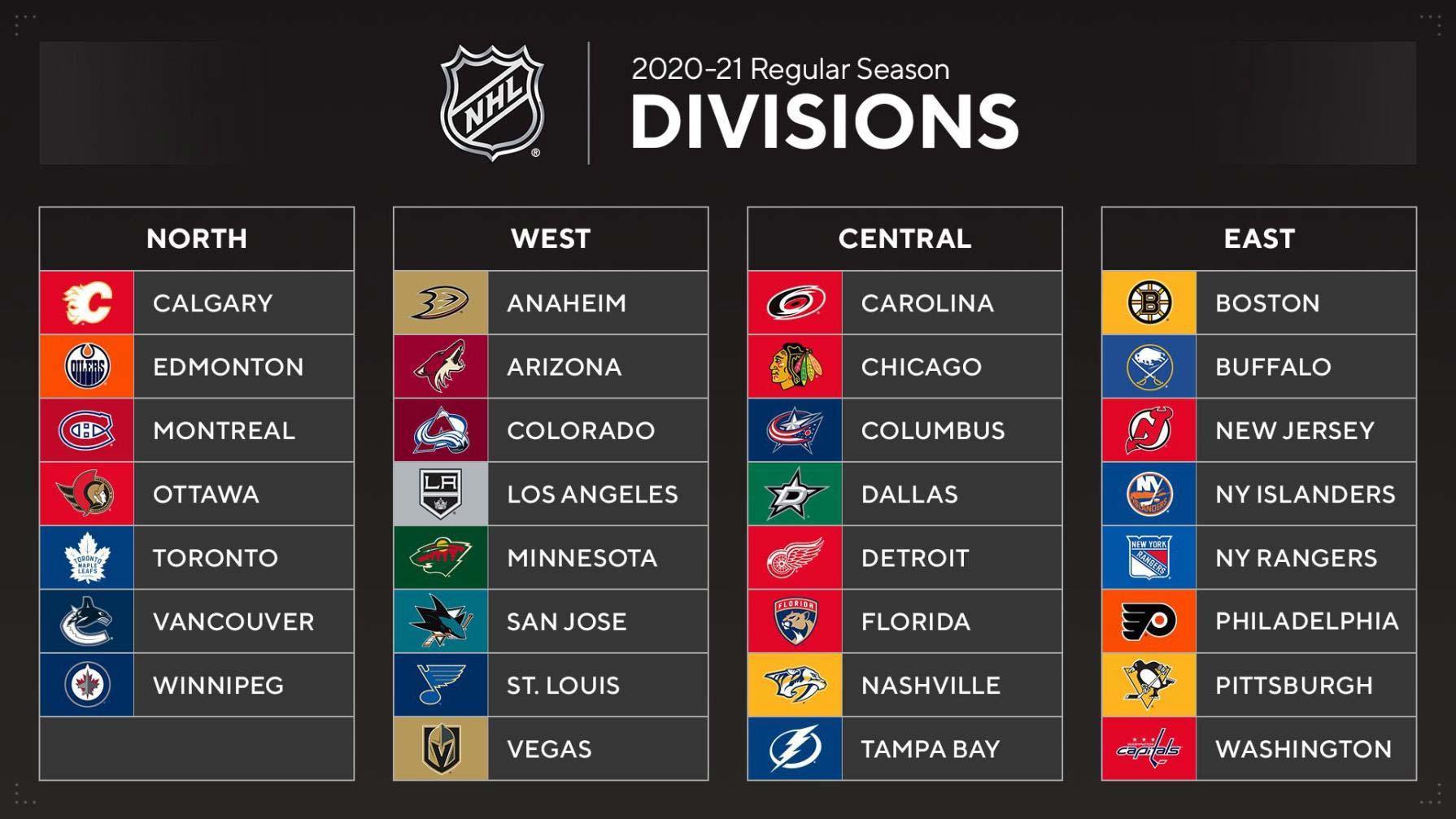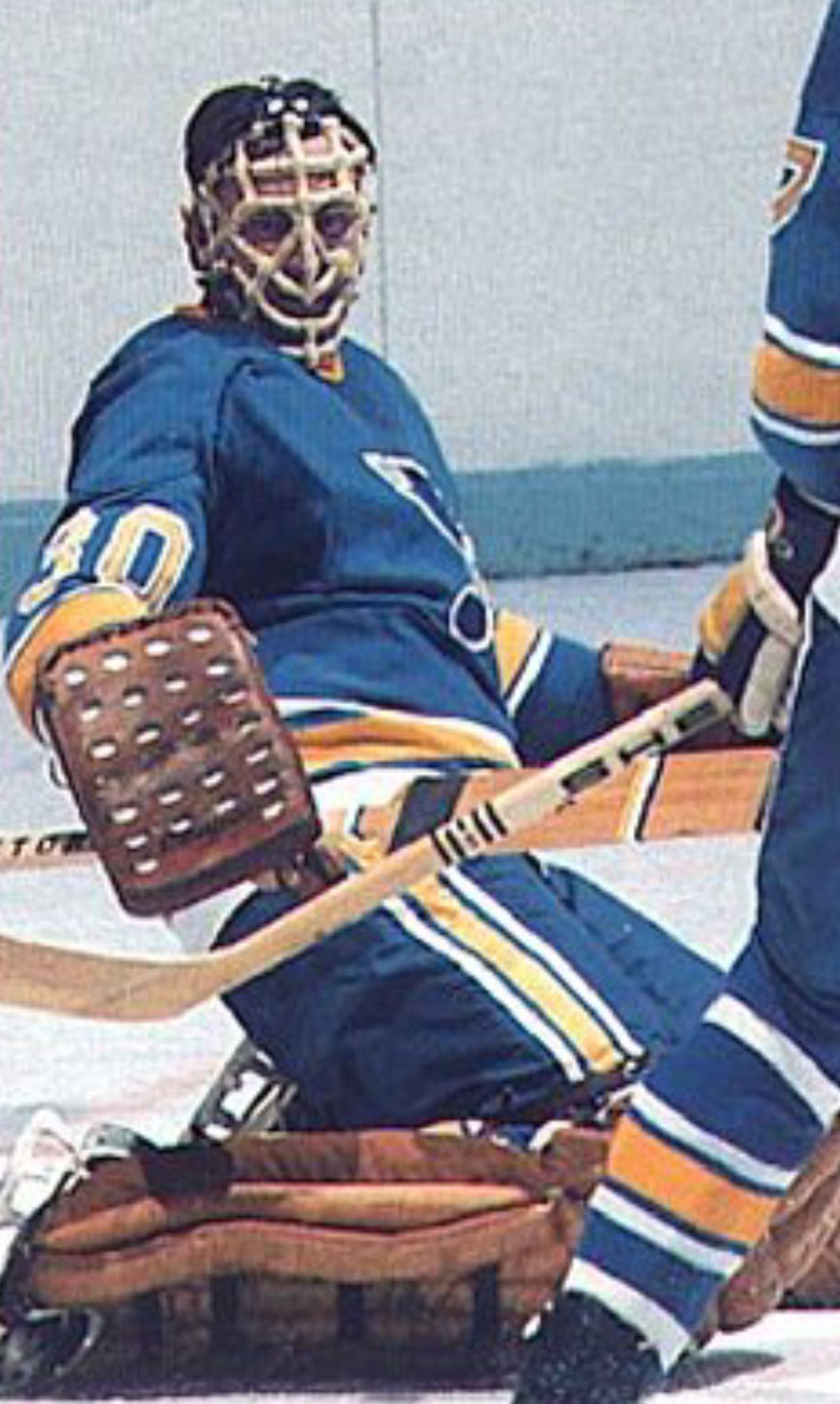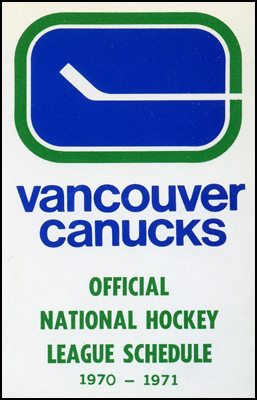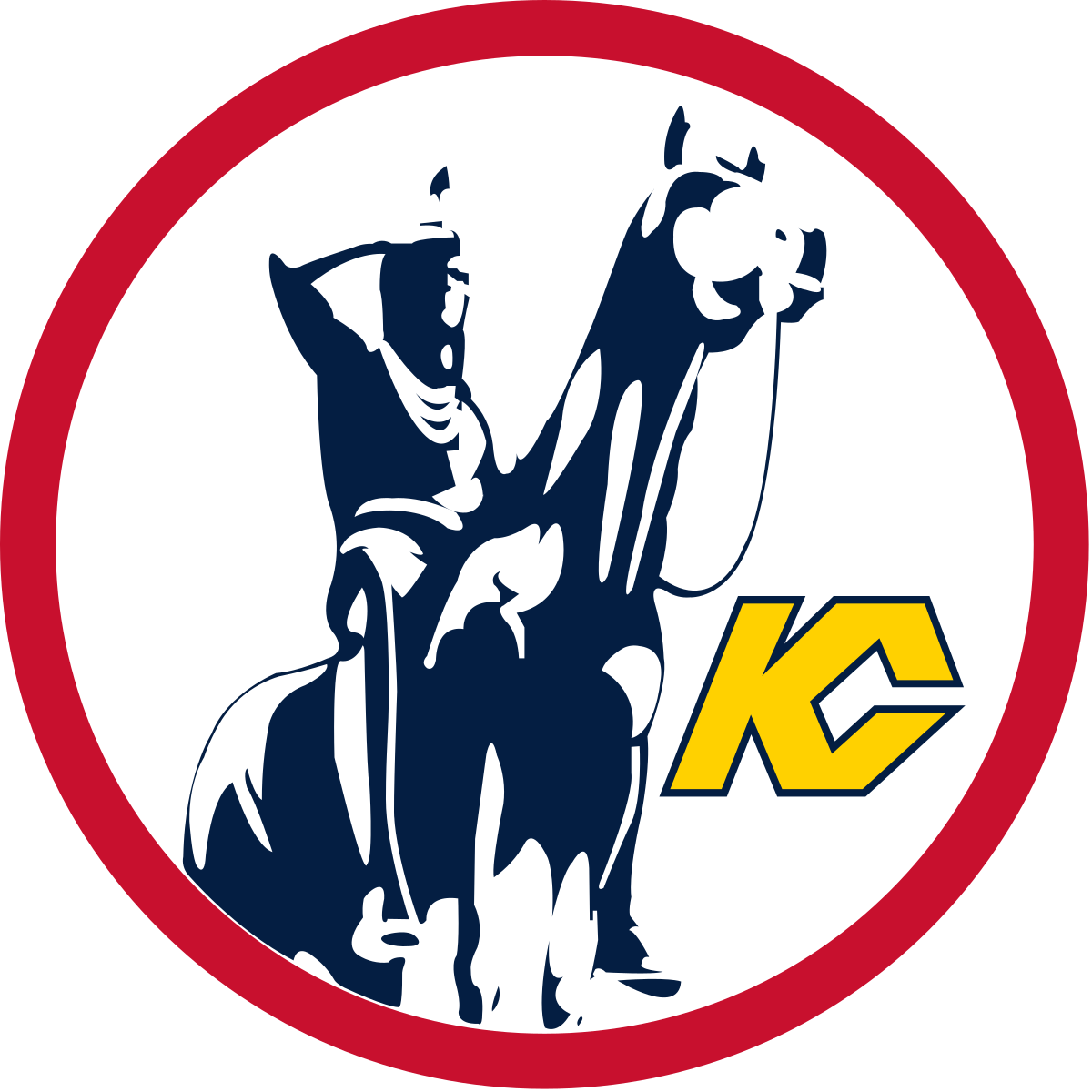The NHL was simple before the 1967-68 season. Six teams. No divisions. Top four teams made the playoffs. Two did not go to the postseason.
It’s 53 years later and things are drastically different. There are 26 more franchises in the two-nation landscape and there have been almost the same amount of revisions to the alignment through the years.
You would think that it’s always been done geographically. But no. There’s no way the Montreal Canadiens and Los Angeles Kings should ever be in the same division, but that was indeed the case in the old Norris Division through the latter half of the 1970s.
Well, at least now — with the recently rejiggered divisions ( the umpteenth time) — the Kings and Canadiens are not in the same throwback division. That would be (and was back then) weird. Instead, we get the Canadiens and Vancouver Canucks in the same division.
Time to go to Google Maps. You don’t want to drive, definitely, if you are in Montreal and trying to get to a game the next day in Vancouver. That would take 45 hours. It’s 4,874 kilometers. Hey, if Canada goes with the metric system, then Canada goes with the metric system. (In sixth grade, we were told the metric system was coming soon to the United States; still waiting or maybe we can just forget about that ever really happening).
So, what’s the deal with the new alignment announced by the league last week? An East, a West, a Central. Sounds kind of good. And then you add in the North, which is ALL of Canada. In these COVID-19 days, paying for travel is more prudent than crossing the border.
And, when the season starts, there will be no NHL border crossings anyway. ALL regular season games will be played within the division. That means my Boston Bruins will be going against Sidney Crosby’s Pittsburgh Penguins and Alexander Ovechkin’s Washington Capitals eight times each.
Yes, we live in strange times. The last pandemic (Spanish Flu in 1919) canceled the Montreal vs. Seattle Metropolitans series for the Stanley Cup. Fortunately, somehow in 2020, the NHL “bubbled” its way through a season and crowned a champion, the Tampa Bay Lightning, on Sept. 28.
It’s interesting to note that Seattle — after a century of not competing for a Cup — is the league’s 32nd team and again will be vying for a the big reward in 2021-22 (not this season). Instead of the Metropolitans nickname, however, we have the Kraken!!!
After taking a gander below at the new alignment, walk with Bedrock Sports Hawaii hrough the years of the NHL’s expansion and realignment:
East
Boston Bruins
Buffalo Sabres
New Jersey Devils
New York Islanders
New York Rangers
Philadelphia Flyers
Pittsburgh Penguins
Washington Capitals
Central
Carolina Hurricanes
Chicago Blackhawks
Columbus Blue Jackets
Dallas Stars
Detroit Red Wings
Florida Panthers
Nashville Predators
Tampa Bay Lightning
West
Anaheim Ducks
Arizona Coyotes
Colorado Avalanche
Los Angeles Kings
Minnesota Wild
San Jose Sharks
St. Louis Blues
Vegas Golden Knights
North
Calgary Flames
Edmonton Oilers
Montreal Canadiens
Ottawa Senators
Toronto Maple Leafs
Vancouver Canucks
Winnipeg Jets
Graphic from NHL.com
The NHL didn’t say how long the new alignment will last and there’s no telling how long COVID-19 will be around. If this arrangement continues, though, Seattle would presumably fit in with the Canadian teams in the North.
NHL Doubles Up From 6 to 12 In 1967-68
I was only vaguely aware of the NHL at this time. But Bobby Orr was just starting to make a splash in my childhood Boston area, so two seasons later, when I started skating and playing hockey and collecting hockey cards and watching all of the Bruins games on TV, I got a good look at all of these new and colorful teams. The ice blue uniforms of the Penguins was kind of cool, although as kids, we didn’t want to be associated with the Pittsburgh team because they were pretty horrible at the time. We would laugh at the “Pengies.”
I remember I owned this trading card. The Penguins’ blue was
nice looking, but we knew the team was not very good at the time.
For Christmases or birthdays, I got a bunch of NHL replica jerseys, some from the so-called Original 6 (Boston, Chicago Blackhawks, Detroit Red Wings, Montreal, New York Rangers, and Toronto Maple Leafs).
In the 1970s, when I played street hockey as a goaltender, I somehow played my best
when I wore my St. Louis Blues dark jersey and pretended to be Jacques Caron (pictured).
From the expansion six, I wore the Philadelphia Flyers, St. Louis Blues, Minnesota North Stars and California Golden Seals jerseys the most often when playing street hockey. I never got the Penguins or Los Angeles Kings jerseys on purpose, although a few years later, we wore the purple and gold Kings colors on a Bantam ice team I played for.
Where And What Is Vancouver? NHL goes from 12 to 14 teams
The first NHL expansion I was aware of (when it was happening) was in 1970-71, when the Buffalo Sabres came in. The Sabres got good within a few seasons, losing to the Flyers in the Stanley Cup finals in 1975. The French Conection line of Gilbert Perreault, Rene Robert and Rick Martin was a magnificently hard-to-stop outfit.
But, where in the world was Vancouver? I had never heard of it and the simple logo of a hockey stick threw me for a loop. It wasn’t until years later that I learned the stick was also the middle of the ‘C’ for Canucks. And in more recent years they changed it a Big, Ugly ‘V’ and then moved on to a whale thingie. But I also remember the blue and green together kind of clashed, in my mind anyway.
The Canucks’ original hockey stick logo.
Fifty years later, the Sabers and Canucks are still looking for their first Stanley Cup championships. All of the NHL’s other franchises listed above have at least one (except the Seals, who eventually moved to Cleveland and then merged with the North Stars) title.
Tripling To 18 Teams Comes Pretty Fast
In 1972-73, the NHL added the New York Islanders (on Long Island) and the Atlanta Flames, the first team from the South.
Then, in 1974-75, the Kansas City Scouts and Washington Capitals came aboard, bringing the league up to 18 — triple what it had been just eight years earlier.
The Kansas City Scouts became the Colorado Rockies
and eventually turned into the New Jersey Devils.
All of these new teams (except, as mentioned before, the Sabres and Canucks) also have least one league title.
Also in 1974-75, the league expanded from two to four divisions and threw geography out the window as far as alignment was concerned. Aside from the aforementioned Los Angeles/Montreal in the same division, we also had quirky divisional partners such as Vancouver and Kansas City; California and Boston; and Atlanta and New York.
The first and only example of contraction came in 1978-79, when, due to financial difficulties, Minnesota absorbed the Cleveland outfit.
The league was down to 17 teams.
Four More From WHA Brings The Total To 21
The Wayne Gretzky era started with four squads from the rival World Hockey Association coming over to the NHL in 1979-80.
Gretzky’s Indianapolis Racers team didn’t make it over, so he ended up with the Edmonton Oilers. Also joining the NHL were the Winnipeg Jets, the Quebec Nordiques and the Hartford Whalers.
Wayne Gretzky in an Indianapolis Racers uniform.
And, thankfully, the NHL had the good sense to return to geography as a guideline for alignment — and this new look lasted quite a while. With a few tweaks and some franchise relocations, it was almost perfectly based on geography. Here’s a quick look at that lineup from 1981-82 that pretty much lasted until the league divided into six divisions close to 20 years later: Patrick Division — New York Islanders, New York Rangers, Philadelphia, Pittsburgh, Washington; Adams Division — Montreal, Boston, Buffalo, Quebec, Carolina Hurricanes; Norris Division — Minnesota, Winnipeg, St. Louis, Chicago, Toronto, Detroit; Smythe Division — Edmonton, Vancouver, Calgary, Los Angeles, Colorado Avalanche.
Big Growth From 21 to 30 Teams In A Decade
After 1980, the NHL did not expand again until it added the San Jose Sharks in 1991-92. That started a period of nine teams being added over the next 10 years. Tampa Bay and the Ottawa Senators followed in 1992-93, and then came the Anaheim Ducks and Florida Panthers in 1993-94, the Nashville Predators in 1998-99, the Atlanta Thrashers in 1999-00, and the Columbus Blue Jackets and Minnesota Wild in 2000-01.
In 1998-99, the league went to six divisions of five teams each for the first time — Atlantic, Northeast, Southeast, Central, Northwest and Pacific.
A drastic change was made in 2013-14, when the league cut back down to four divisions — the Atlantic and Central with eight teams each and the Metropolitan and Pacific with seven teams each.
The Vegas Golden Knights became the 31st team for the 2017-18 season, and Seattle will make it 32 next year.
New Season Starts Jan. 13
Each of the NHL’s 31 teams will play 56 games in the 2021 regular season, starting Jan. 13 and finishing up May 21.
The playoffs will follow, with the last possible day for the Stanley Cup Final set at July 15. The top four teams in each division will make the postseason.
Ten of the 31 teams competing for the Stanley Cup this season have never won a Cup — Panthers, Sabers, Senators, Blue Jackets, Canucks, Jets, Predators, Wild, Golden Knights and Phoenix Coyotes.







